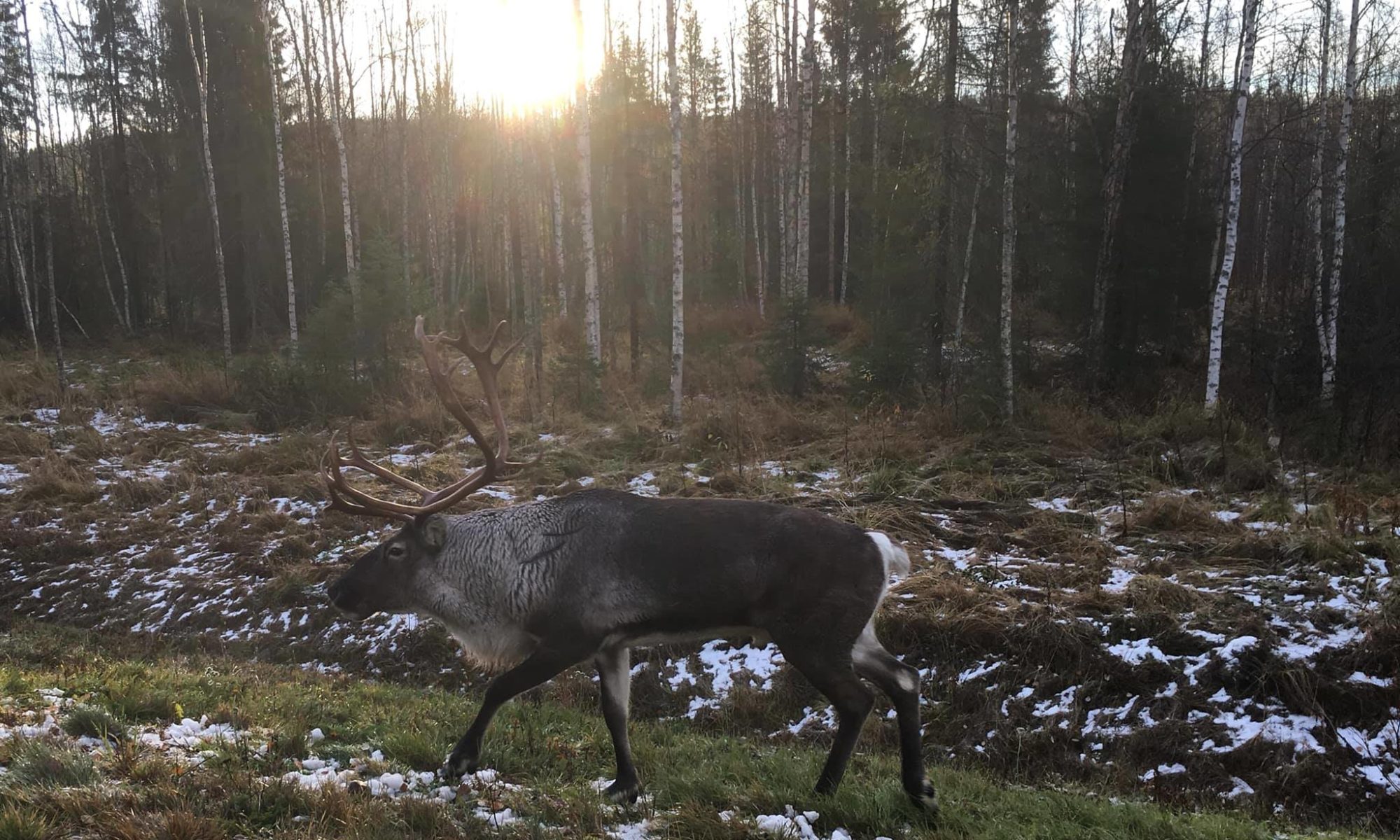This work was one of those fun collaborations that kind of came out of nowhere. Lead author, Alvaro, contacted me out of the blue one day asking if there were a way I could help him estimate the metabolic costs of long overseas journeys like the ones that ancient peoples did when traveling to and inhabiting Hawaii and New Zealand. For this model, we focused particularly on just resting metabolism as that was a key first step. We hope to add activity costs in the future when we are able to get some better empirical evidence of the metabolic cost of this particular kind of seafaring.
Alvaro brought the calculating, modeling, and coding skills. Myself and Dr. Alexandra Niclou managed the metabolic work. Atholl and Scott provided the geographic and archaeological contexts for this work. We found, that following Bergmann’s and Allen’s Rules, that individuals with larger body sizes would have faired better during the harsh sea conditions of these long journeys. The larger body sizes would have meant less heat loss in wet and windy conditions, and it seems females faired better than males in these models.
It was a beast of math and estimates on estimates, of course, making our certainty with these numbers lower than we might like. However, this is the first work of its kind and provides a basis for future work to refine the model and improve its accuracy. So, consider this the first step in trying to determine the metabolic/physical demands of seafaring and prehistoric overseas colonization.
